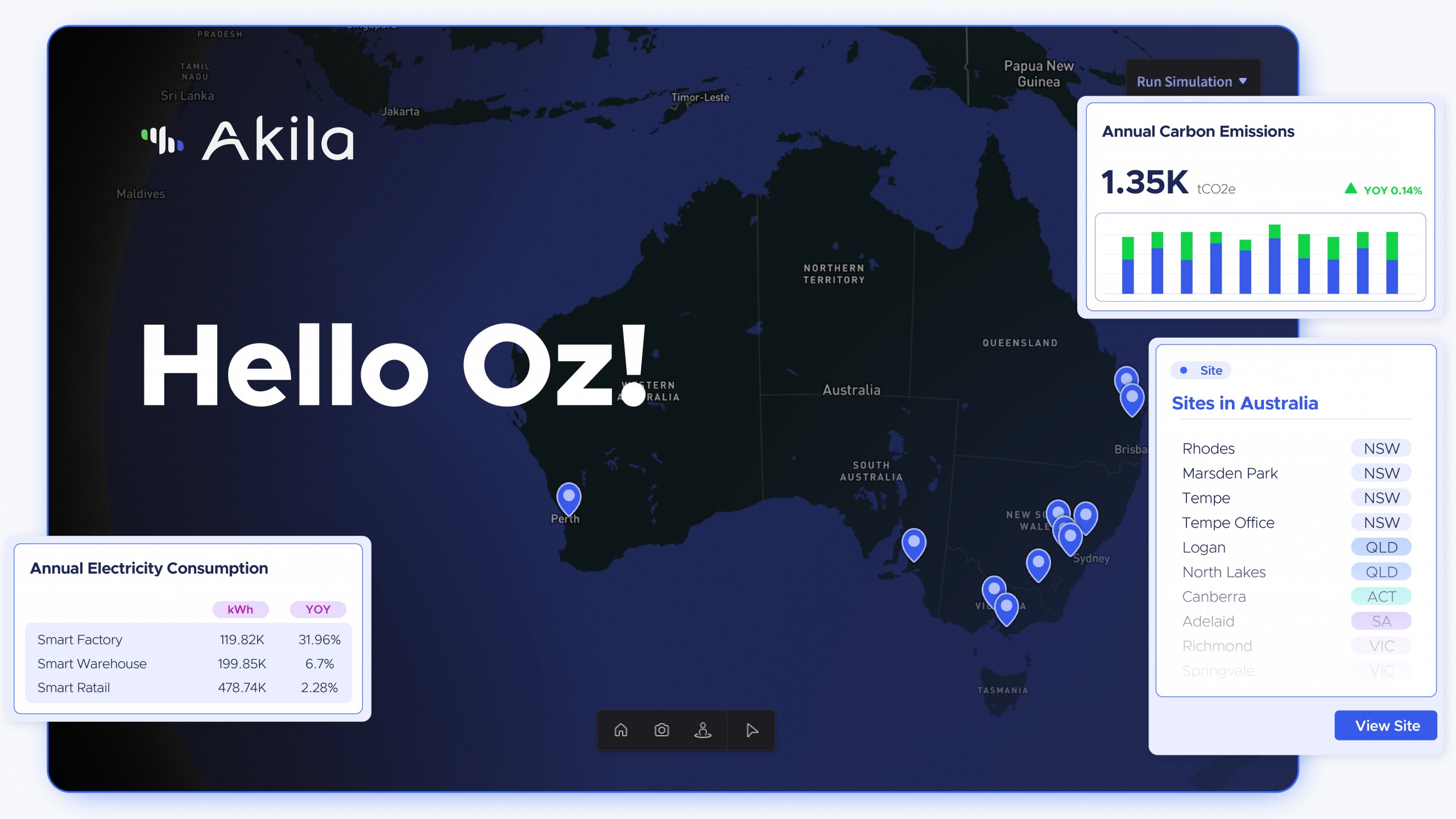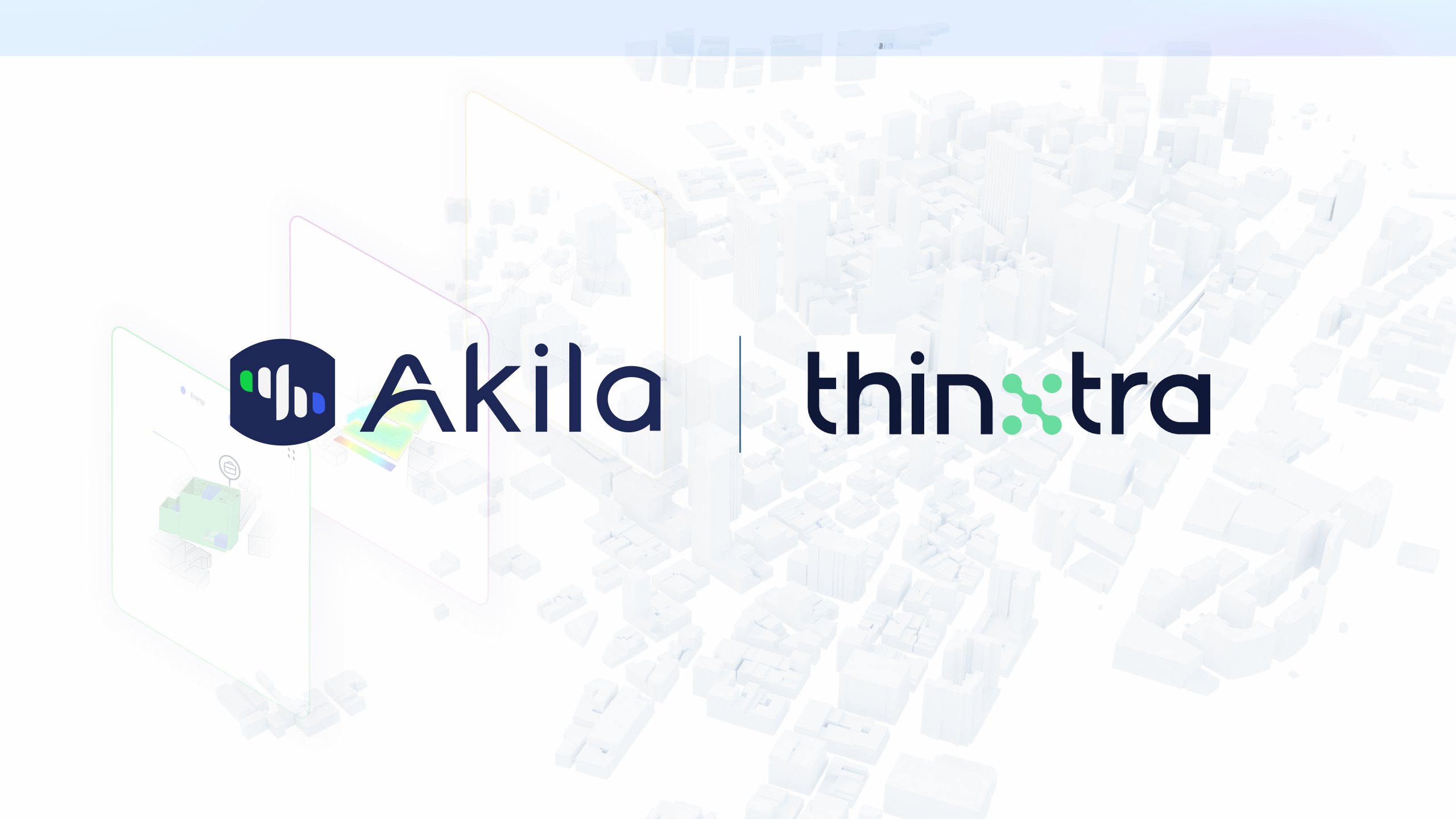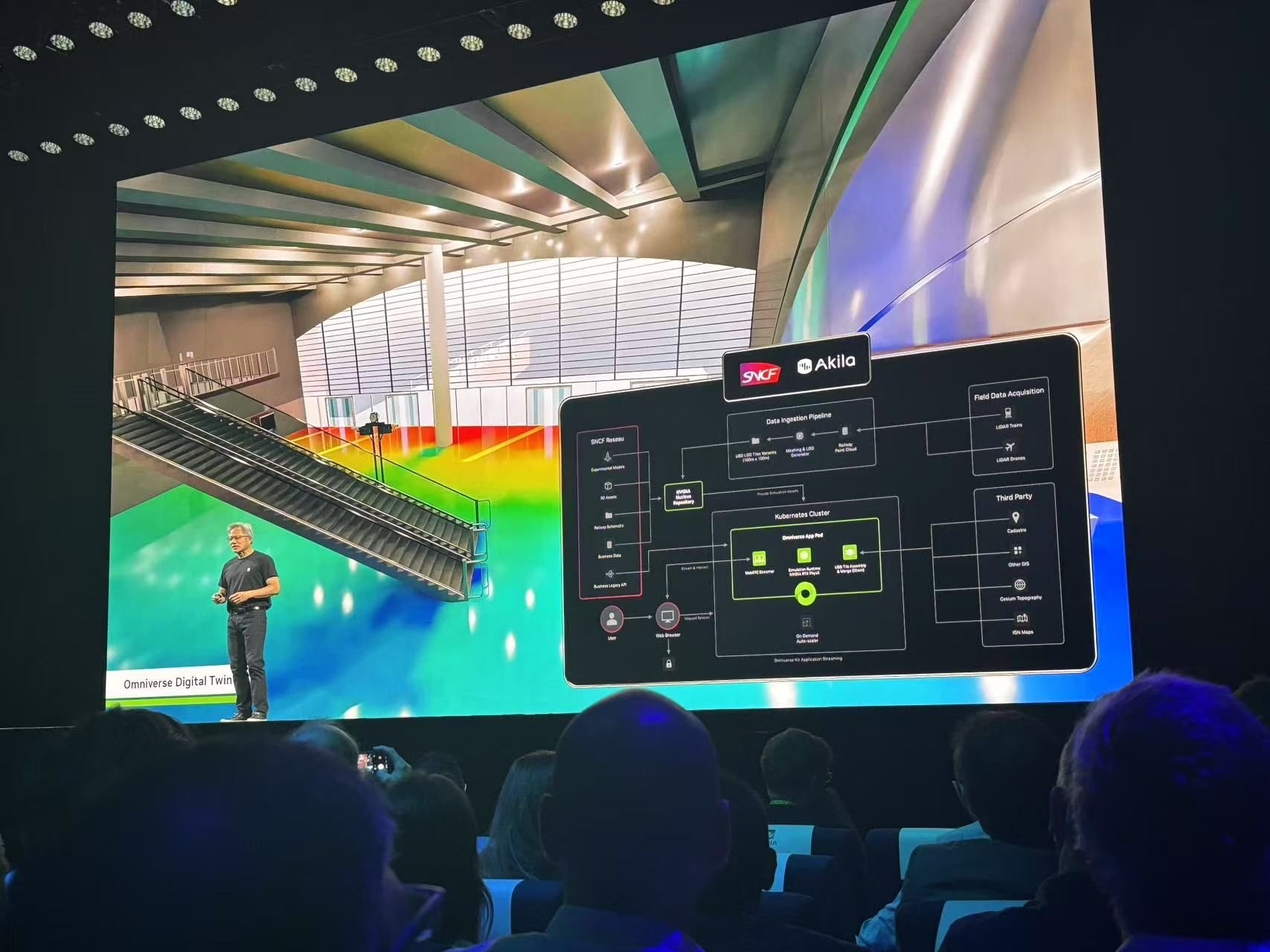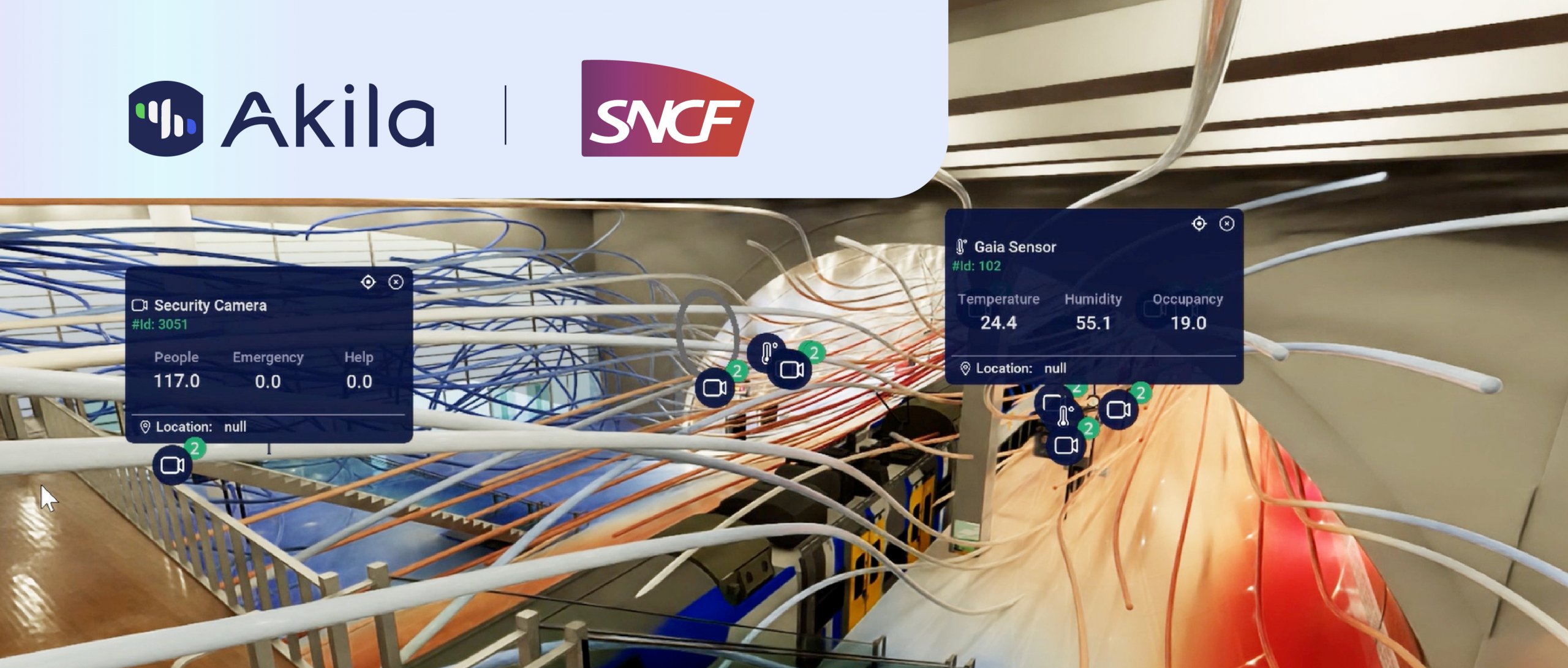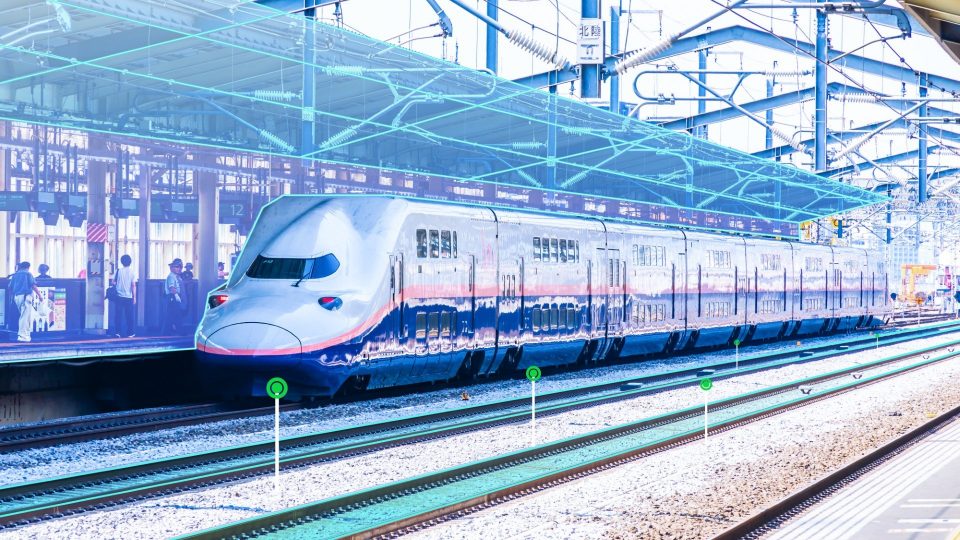
Transportation, especially cars and planes, have long been in the spotlight as heavy emitters. With population growth, urbanization, and the rise in cost for owning and maintaining a vehicle, the demand for transportation has only increased over the recent decades making the transportation sector one of the biggest polluters in the world. Currently, the sector accounts for 25 – 30% of European greenhouse gas, and without any action, it could reach 40% by 2030. Promoting mass transit to keep these emissions down is one of the key strategies.
Mass transit is by far the most environmentally friendly way to travel when it comes to personal carbon footprint. However, when it comes to the overall impact one means of transport stands out: rail. Compared to vehicles or airplanes, it has a lower environmental impact, and its modernization has played a role in reducing air pollution in the sector.
However, the rail sector relies heavily on how well the stations are maintained to keep rail transportation operating at optimum capacity and performance. As we tend to forget, buildings, especially the operation side, are responsible for 40% of the carbon emissions. As a result, standards are evolving to force large property owners to implement a very strict decarbonization and energy performance plan.
Many stations are aging and must take proactive steps to plan for accommodating more traffic or updating inefficient assets. The introduction of digital technologies, such as digital twins, has been a promising advancement in this area.
Challenges in Digitizing Railway Station Management
The real estate industry has been slower to adopt digitization compared to other sectors. Real estate managers and CEOs often have only a fragmented view of their assets, this applies to railway stations too.
Today, Europe has around 22,000 stations connecting various cities and countries. For instance, in France, 15 000 trains run every day allowing 5 million people to travel on the SNCF network.
In this context, the maintenance and sustainability of the stations themselves is crucial.
Stations are not just transit points; they are complex ecosystems that consume significant amounts of energy and resources such as electricity and water.
Keeping these assets operating is vital, but ideally, this operation can be continually optimized to reduce energy consumption and environmental impact, however, the systems used are sometimes incompatible with new technologies and do not allow data to gain a comprehensive view of all the assets.
Information about equipment can be stored in separate systems/databases, that do not communicate with each other, making it hard to use and to have a comprehensive view. Relying on manual data entry from different sources can also lead to errors and delays, further fragmenting the view of assets.
Embracing Digital Twins for Railway Station Optimization
Digital twins are a solution for this. Digital twins are not simply digital models of buildings or systems, at the heart of digital twins is data, that can help optimize asset performance.
Imagine a station where energy consumption is monitored and optimized in real-time, equipment health is tracked, and malfunctions are detected before any disruption happens. Building systems are capable, on their own, of identifying performance issues and proactively correcting them – triggering maintenance before breakdowns occur or anticipating future temperature shifts to optimize energy usage. Intelligent agents continuously monitor and adapt, ensuring a harmonious balance between operational efficiency and environmental conservation.
With Akila, this vision becomes reality. By standardizing data and utilizing IoT and smart technologies, Akila provides stations with the tools to enhance maintenance operations, and energy efficiency, and improve services and sustainability.
Our digital twin technology has transformed rail stations like Marseille Saint Charles and Monaco Monte Carlo into pioneers of sustainable innovation. By integrating various tools and data streams into a single unified platform, Akila provides an unprecedented level of insight and control, allowing the stations to:
- Simplify operations management by aggregating the 3D digital twin and various currently siloed tools on a single platform
- Improve the site’s environmental quality by measuring energy and water consumption in real-time, enabling any problems to be identified immediately
- Automate the reporting on energy efficiency actions undertaken or maintenance activities- automated reporting
- Improve service quality through better management of anomalies directly linked to maintenance operations and the addition of control points
But Akila’s impact goes beyond resource management. Our platform can also enhance passengers’ experience, by ensuring that core systems like elevators, restrooms, and air conditioning are monitored and maintained proactively, preventing disruptions. Digital twins also allow you to test potential upgrades and optimizations before implementation, minimizing costs, maximizing results, and ensuring optimal solutions.
Akila: Pioneering the Future of Sustainable and High-Performance Rail Transit
As we continue pushing the boundaries of innovation, our vision for the future extends beyond current capabilities. Akila is opening the way toward truly cognitive buildings – intelligent structures capable of autonomously analyzing data and initiating corrective actions. Our AI capabilities, which already account for 25% of our R&D efforts, will soon enable seamless self-regulation, proactively addressing issues before they even arise.
With Akila, the future of sustainable rail transit is already unfolding. Our platform offers flexibility and enhances your existing data ecosystem while being easy to integrate. As we forge partnerships and contribute to the building apps marketplace, the possibilities for optimization and environmental stewardship are limitless.
With this new generation of cognitive buildings, Akila stands as a market-leading solution that is not only advanced and efficient but also adaptable. Embrace the future with Akila and take a significant step towards a greener, more efficient world.
